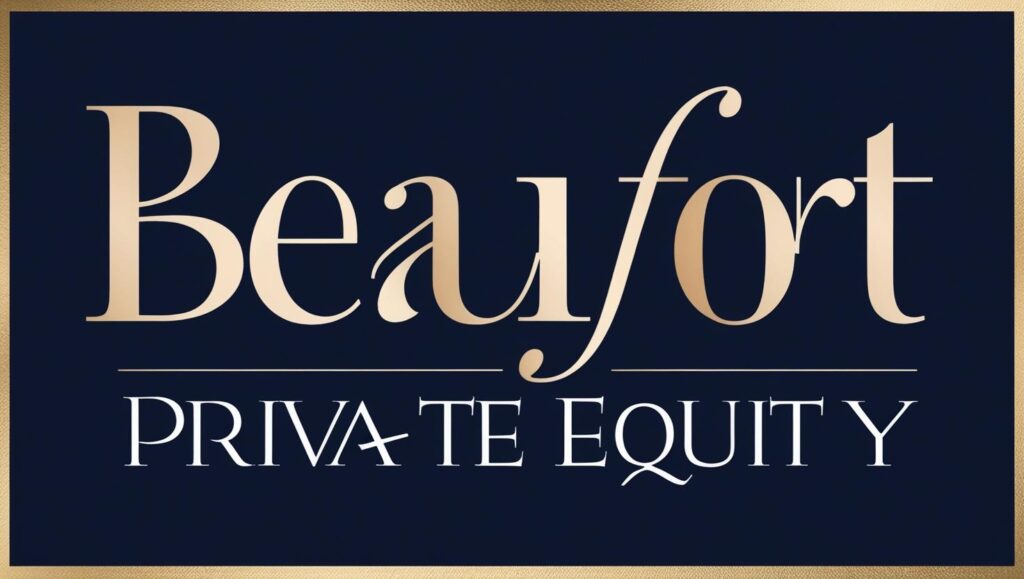
Asymmetric Thinking: Your Lifeline in a World Where Money is MeltingPost
May 21, 2025•5 min read
By Isabel Knight, Beaufort Investor and Contributor to Beaufort Insights
I was fortunate to attend a digital assets event in London recently that was truly eye-opening. It sparked several insights I’m eager to share with you today. Two key takeaways stood out: we’re at the precipice of monumental technological change, and the uncomfortable truth about why we’re all feeling poorer despite working just as hard.
The Uncomfortable Truth: Your Money is Melting
If you’ve been feeling the financial squeeze lately, you’re not imagining it. The problem extends beyond what we typically hear about inflation—it’s something far more insidious. Our money is being systematically devalued through what economists call M2 money supply growth, essentially runaway money printing.
While governments focus on the Consumer Price Index (CPI), this metric is a carefully crafted illusion that underweights critical expenses like housing, education, and food—the very costs that dominate our budgets.
Consider these verified economic realities since 2020:
- The UK’s M2 money supply has grown by approximately 20–25% (Bank of England data)
- In the UK, rents have surged 20–25% in many urban areas
- Meanwhile, real wages have fallen in real terms according to the ONS, with nominal wage growth of only 10–12% cumulative
- The FTSE returned just 4–5% annually during this period (including dividends)
This has created a troubling situation where traditional “safe” assets no longer work:
- £10,000 in cash from 2020 is now worth only about £8,000 in real purchasing power
- Housing has barely kept pace with M2 growth nominally, effectively losing value in real terms
Asset Performance vs. M2 Growth (2020–Present)
The bottom line: unless your investments are beating M2 growth (which has been +25% since 2020, or roughly 7–9% annually), you’re losing purchasing power. To really grow your wealth, you need to be looking at least 10%, ideally 15%+ per annum.
The Solution: Asymmetric Thinking
So what can we do as investors to ensure we’re not falling behind? I believe we need to start thinking more asymmetrically.
Asymmetric thinking means betting on trends that grow exponentially, not linearly. It’s about finding opportunities where the potential upside far outweighs the downside risk.
We’ve seen in the past that asymmetric thinking has led to asymmetric returns. Below are some major trends and the explosive growth they generated:
Historical Examples of Asymmetric Returns
These examples demonstrate how a small allocation to asymmetric opportunities can make up for any losses in traditional assets.
Where to Invest Now
1. Own Your Own Business
Many of you already do this. Owning your own business is the most direct path to significant wealth creation. While it requires time and effort, the upside is essentially uncapped.
2. Invest in Private Companies
If you’re not running a business (or want diversification), investing in private companies is the next best option. These often outperform public markets by 3–5x. For example:
- Early-stage tech startups: Potential for 50x+ returns
- Later-stage private equity: Typical returns of 25–35% annually
At Beaufort, our members get direct access to carefully selected private companies with exceptional growth potential.
3. Bitcoin and Cryptocurrencies
Bitcoin has returned over 800% since 2020. While volatile, its asymmetric upside makes it a contender. More on this topic in a future article — but it’s a key area I believe deserves your attention.
Looking Forward: The Next Big Trends
Artificial Intelligence
AI could be the 2020s gold rush. We’ve already seen $1.3 trillion added to tech stocks in 2023 alone due to AI. With Artificial General Intelligence (AGI) projected within 2–3 years, the transformation ahead is unprecedented.
Beaufort is already working with two exceptional AI businesses: GAEA and Azaries — each offering massive upside potential and real-world applications.
Tokenisation of Property
Siam Kidd’s book “Get Filthy Rich between ‘25–‘30 with Crypto and Robots” explores how tokenisation will change the property market forever. Liquidity. Access. Ownership redefined.
The Hard Truth: Stability is Now the Riskiest Choice
Let me be clear: stability is no longer safe. If you’re not making more than 10% per year, you’re simply standing still. Real growth now requires returns closer to 15%+ annually.
This isn’t about fear. It’s about awareness — and taking intentional action.
Private Equity: Breaking Down Barriers
We know private equity can feel unfamiliar, which is why I’m delighted to share that our new course, Understanding Private Equity, is now officially underway — and the response has been fantastic.
The first of our four live sessions went live last night, and I’m so encouraged by the energy and engagement already coming through.
But if you missed it — don’t worry, you haven’t missed out.
You can still join us for the remaining sessions, and we’ll make sure you receive the full recording and materials from session one so you’re fully up to speed.
Throughout the course, I’ll guide you through:
- How to evaluate private equity deals with confidence
- Understanding key deal structures and terms
- Diversifying your portfolio with high-growth private assets
For me, shifting from property to private equity has been a genuine game-changer — and I’m excited to help others discover the same potential.
👉 Explore what the course covers and see how it could support your journey into private equity investing — click here to learn more.
Will you be joining us for the next session?
Final Thoughts
If you want to protect and grow your wealth in this new era, start thinking asymmetrically. It could mean the difference between slowly losing value — and significantly growing it.
If you’d like to learn more about any of the opportunities mentioned — including GAEA & Azaries, — or if you’d like to join the private equity course, we’d love to speak with you.
The future belongs to those who are curious and willing to adapt.
#PrivateEquityInvesting #AsymmetricInvesting#InflationHedge #WealthErosion#LongTermWealth





